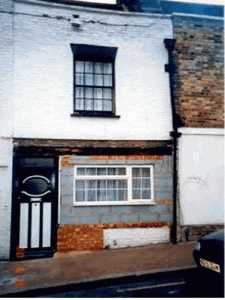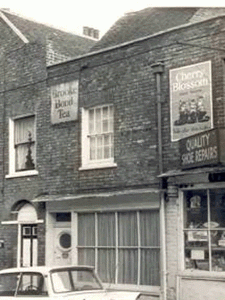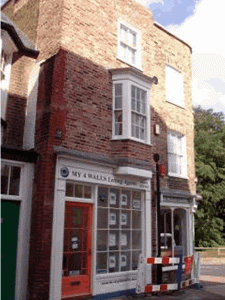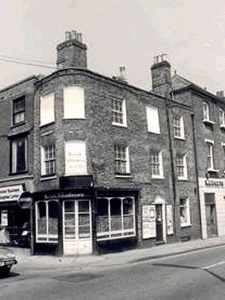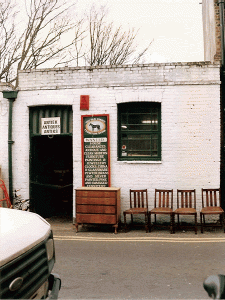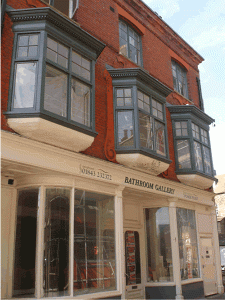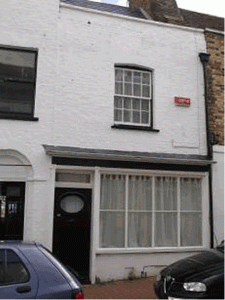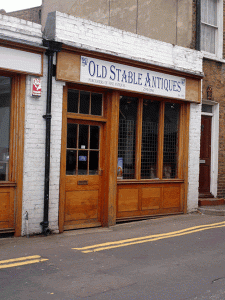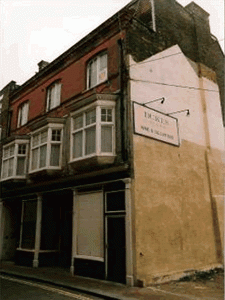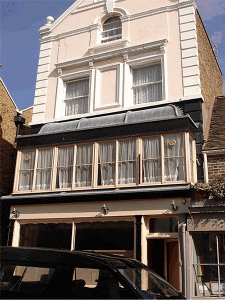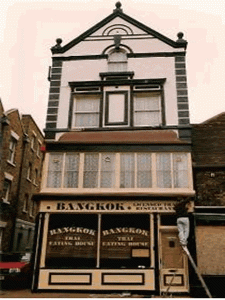Townscape Heritage Initiative Grant Schemes
What is a Townscape Heritage Initiative Grant Scheme?
Townscape Heritage Initiative (THI) Grant Schemes are jointly funded by the Heritage Lottery Fund and Thanet District Council. You can learn more about the programme on the HLF’s website.
The main objectives of Townscape Heritage Initiatives are to:
- Raise awareness of the value and quality of the historic built environment
- Set an example of good practice in building conservation
- Reinforce an area’s unique identity
- Help change residents’ and visitors’ perceptions of the area in question
THIs work within particular conservation areas and highlight their unique heritage.
Thanet’s THI schemes
The Dalby Square, Cliftonville, Townscape Heritage Initiative (THI) Grant Scheme began in January 2013 and will run until June 2019 . Focusing on a square in Cliftonville West that is a traditional heart of British seaside holidays, the scheme aims to help change perceptions of Cliftonville West.
Find out more about the Dalby Square THI grant scheme below.
Thanet is lucky enough to have had a history of successful grant schemes, each lasting 5 years. They are:
- Margate Old Town THI
- Ramsgate Seafront THI

Success despite economic downturn
With a budget of £1,500,000 the scheme lasted from 2009-2013. A total of 62 grants were offered, despite experiencing a double-dip recession. Alongside capital projects (some of which can be seen below), the scheme also helped fund:
- repairs to the 14 seafront shelters – in association with The Ramsgate Society;
- SAVE Britain’s Heritage publication on Saving Thanet: The Architecture of Kent’s Forgotten Coast which has a chapter on Thanet’s THI schemes;
- Ramsgate Town Trail (booklet and interpretation panels) – in association with The Ramsgate Society;
- Two lighting schemes. The first set of grant-aided lighting was based at Wellington Crescent and the second set were at Augusta Road and Nelson Crescent, in conjunction with Cllr Liz Green, Kent Highways and residents of Augusta Road and Nelson Crescent.
The total grant spend was £1,277,664.13, with running costs over five years of £196,702.72. Staff savings were made due to the Project Officer being part time, and the saving reallocated towards additional grant offers. This brought the overall scheme total to £1,474,366.85 being an impressive 98.3% spend.
Map of the THI Area:
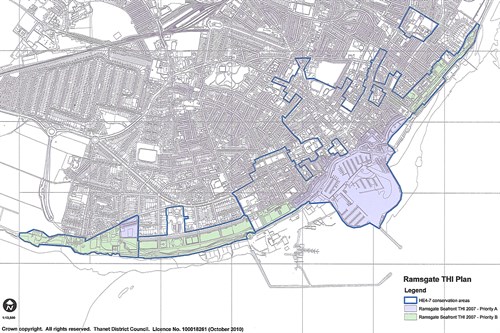
Running from 2003 to 2008, the Margate Old Town Townscape Heritage Initiative (THI) helped to transform some of the previously neglected and run-down buildings within Margate’s Old Town into attractive, vibrant properties. The scheme attracted a budget of £1.2 million, with funding from both the Heritage Lottery Fund and Thanet District Council, and substantial contributions from the Single Regeneration Board and European Regional Development Fund. It reached a total spend of 94.8%, and its success helped to pave the way for the Ramsgate THI.
Here are just some of the completed projects which we feel have been particularly successful:
Permalink
The Dalby Square, Cliftonville, Townscape Heritage Initiative (THI) Grant Scheme began in January 2013 and ran until September 2019. It was funded 75% by the Heritage Lottery Fund with 25% match funding from Thanet District Council.
The objectives of the Dalby Square, Cliftonville Townscape Heritage Initiatives were to:
- Raise awareness of the value and quality of the historic built environment
- Promote the repair of historic buildings in the Conservation Area using appropriate materials, detailing and workmanship
- Set an example of good practice in building conservation
- Reinforce an area’s unique identity
- Help change residents’ and visitors’ perceptions of Cliftonville West
For full details please see the project website
PermalinkThe ‘Design for Future Climate Phase 2 Programme: Dalby Square, Cliftonville’ project was an innovative project exploring how historic buildings in Thanet will react to climate change.
The project was instigated by the team running the Townscape Heritage Initiative (THI) schemes, with specialist consultants carrying out the investigations. It was 100% funded by the Technology Strategy Board.
The purpose of the project was to explore whether the current buildings in Cliftonville West, which mostly date from the late Victorian period, would still be ‘fit for purpose’ in the future. The focus of the project was Dalby Square in Cliftonville West and the project was in parallel with the Heritage Lottery Fund bid for a new THI scheme, also centred on Dalby Square.
The grant allowed Thanet District Council to commission a predictive, climate change scenarios model specially for Cliftonville in the year 2080. This was produced by the University of Exeter using their Prometheus data sets along with data from UK Climate Impact Projections.
Buildings of the type found in Cliftonville are of a style that is found in many British seaside towns and the findings of the project can be reproduced in other places. One of the undertakings made in the initial application was that the Council will use its elected Member Cabinet system to endorse the recommendations of the Design for Future Climate Change project.
Thanet District Council put together a multi-disciplinary team to study the buildings and gardens in Dalby Square against the projected climate scenario of Cliftonville in the year 2080. The team included an Architect, a Landscape Architect, a Quantity Surveyor, a Sustainable Design Consultant and a Regeneration Consultant. The Kent School of Architecture was also involved during the earlier stages of the programme.
A final report was made in March 2013, together with a summary report in June 2013 ‘Climate Change Adaptation: Retrofitting Communities’. Accompanying the main report are five appendices containing background information including: photographic surveys, drawings, cost tables, thermal modelling results, risk assessment documentation and a landscape strategy.
Conclusions
- The buildings by virtue of their construction and form are, to a considerable extent, ‘climate change ready’, more so than most modern buildings. This emphasises their sustainability, in addition to the advantage conferred on them by the embodied energy already contained within their structures.
- The central gardens in Dalby Square are already a climate change mitigating element and, by even simple adaptation, can provide shade, shelter and even modest food production which would greatly enhance the quality of life of local residents.
- The buildings in Dalby Square (and by extension, Cliftonville West) are easily adaptable to new uses – hotel, multi-generational house – but that given current property values in the area this is currently not possible without public subsidy.
- Simple measures of climate adaptation and energy and resource efficiency are currently cost effective and that more complex measures are not. However, the study provides a framework for future adaptations when resources are scarcer and energy more expensive.
- Measures need to be considered in terms of their multi-functionality – a measure can perform well across a range of criteria such that even if it doesn’t make initial financial sense, it can be justified on other grounds.
